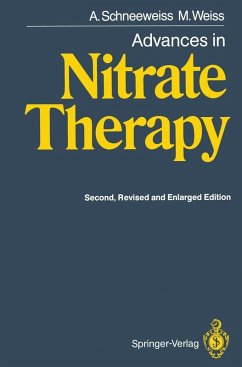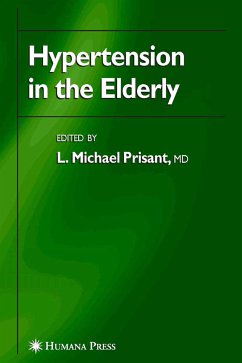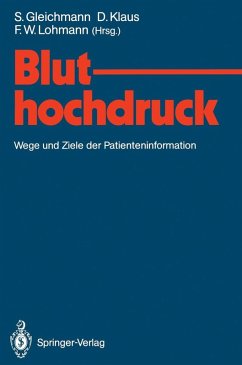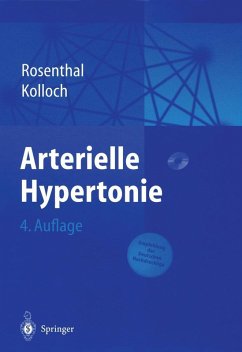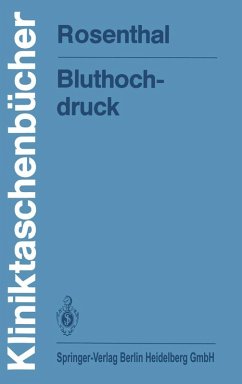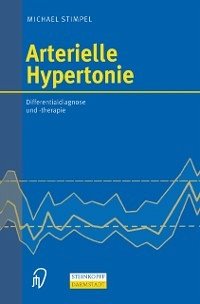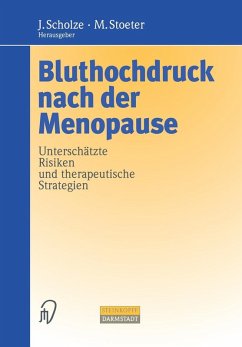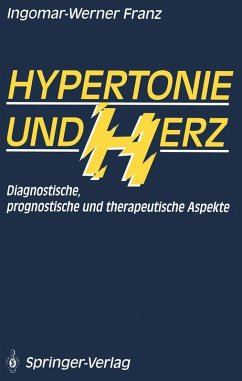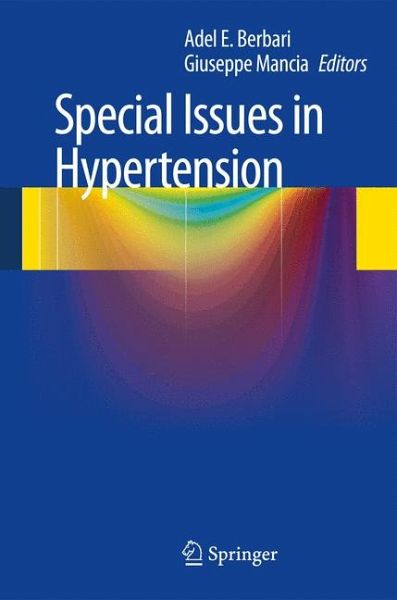
Special Issues in Hypertension (eBook, PDF)
Versandkostenfrei!
Sofort per Download lieferbar
80,95 €
inkl. MwSt.
Weitere Ausgaben:

PAYBACK Punkte
40 °P sammeln!
This book is not intended as a full detailed report on hypertension and related disorders, but instead focuses on particular issues in hypertension. It looks at emerging recently described forms of hypertension that are frequently encountered in clinical practice (prehypertension, white-coat and masked hypertension, hypertension in the elderly) and discusses novel aspects of target organ disease (for example, cognitive impairment, dementia, and sexual dysfunction), and changing concepts in the management of hypertension and antihypertensive pharmacotherapy. It also looks at specific topics tha...
This book is not intended as a full detailed report on hypertension and related disorders, but instead focuses on particular issues in hypertension. It looks at emerging recently described forms of hypertension that are frequently encountered in clinical practice (prehypertension, white-coat and masked hypertension, hypertension in the elderly) and discusses novel aspects of target organ disease (for example, cognitive impairment, dementia, and sexual dysfunction), and changing concepts in the management of hypertension and antihypertensive pharmacotherapy. It also looks at specific topics that are rarely discussed in books, including hypertension control in postmenopausal women on hormonal replacement therapy, Ramadan fasting, painful inflammatory disorders, and aldosterone escape. Finally, it examines newer cardiovascular risk factors (for example, uric acid, circadian blood pressure changes, blood pressure variability).
Dieser Download kann aus rechtlichen Gründen nur mit Rechnungsadresse in A, B, BG, CY, CZ, D, DK, EW, E, FIN, F, GR, HR, H, IRL, I, LT, L, LR, M, NL, PL, P, R, S, SLO, SK ausgeliefert werden.




